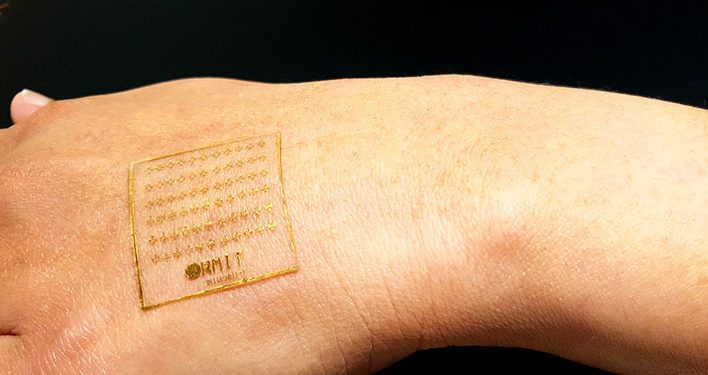The concept of creating artificial skin isn’t new. It also isn’t new that these skins can also be made to “feel” or sense the things that they touch, but now researchers at RMIT have taken things one step further by developing electronic artificial skin that can apparently allow for the sense of pain.
According to lead researcher Professor Madhu Bhaskaran, “No electronic technologies have been able to realistically mimic that very human feeling of pain – until now. Our artificial skin reacts instantly when pressure, heat or cold reach a painful threshold. It’s a critical step forward in the future development of the sophisticated feedback systems that we need to deliver truly smart prosthetics and intelligent robotics.”
The skin has been created using thin electronics that come with pressure sensors, temperature-reactive coatings, and a brainlike memory cell. It seems that initial development has resulted in a skin that is sensitive enough to differentiate between the pain you might feel by poking yourself with a pin versus a painful jab.
So why the need to “feel” pain? Pain is a useful way of keeping people away from danger. If you step onto a thorn and feel pain, you know that you should not do it again. It might be useful for instances where a diabetic person might have lost the sense of pain in their feet, so by using artificial skin that can “feel” pain, it might let them know if they’ve stepped onto something and might want to check for open wounds to prevent infections that could ultimately lead to amputation of limbs.



